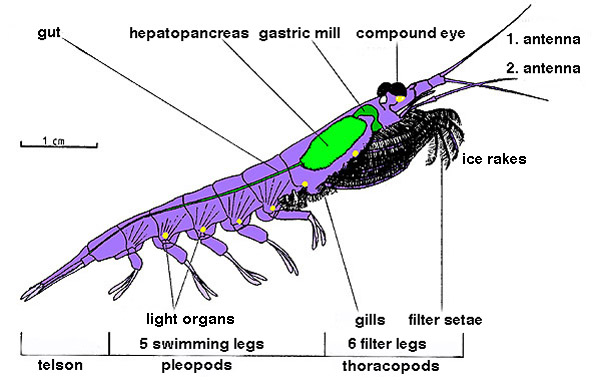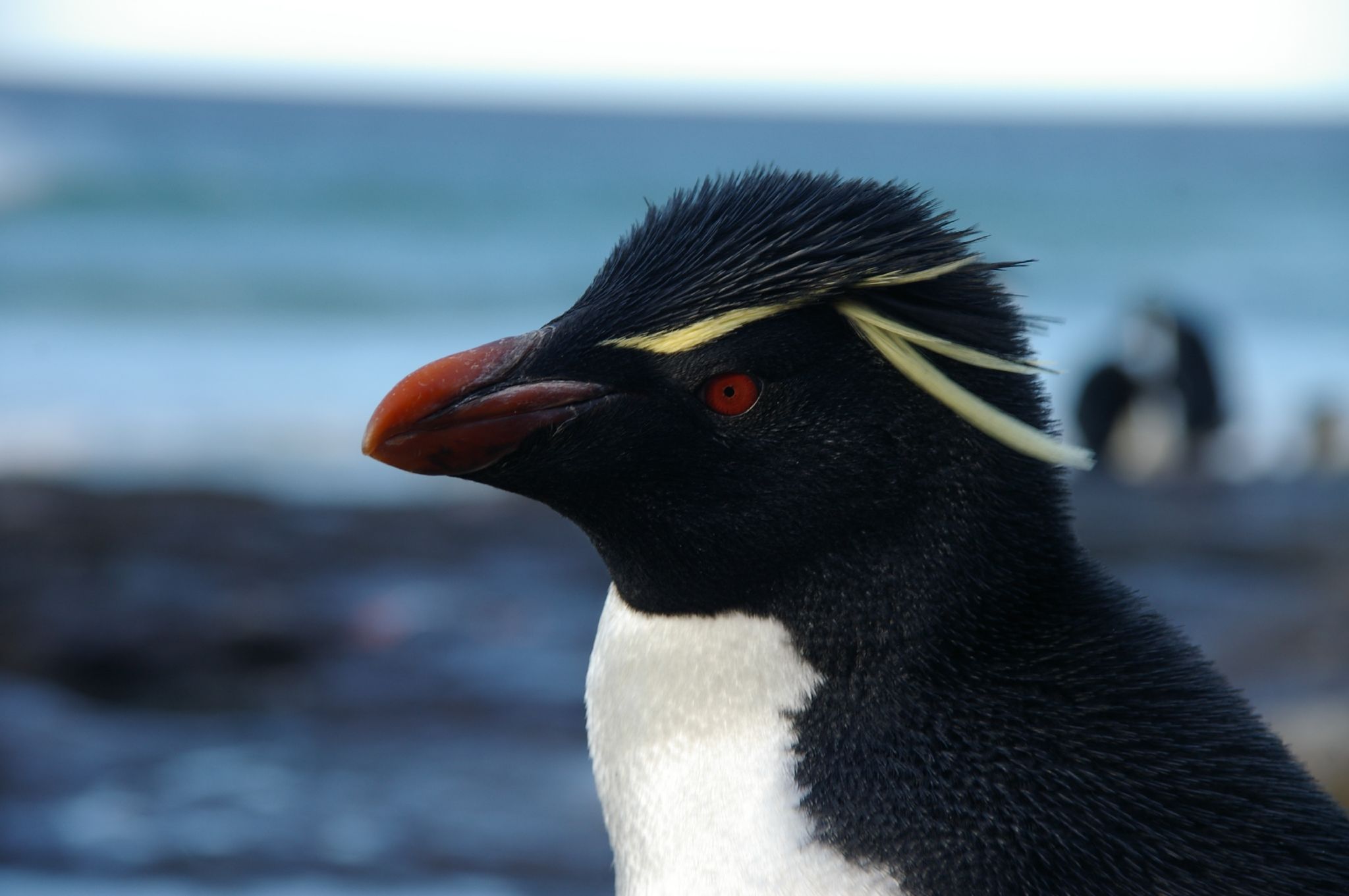|
Kondakovia Longimana
''Moroteuthopsis longimana'', previously ''Kondakovia longimana'', the giant warty squid or longarm octopus squid (though it is not a true octopus squid),O'Shea, S. 2005''Kondakovia longimana'' In: Giant Squid and Colossal Squid Fact Sheet. The Octopus News Magazine Online. is a large species of hooked squid. It attains a mantle length of at least and probably over . The largest complete specimen of this species, measuring in total length, was found in Antarctica in 2000. The previous generic name was in honor of N. N. Kondakov, a "noted Russian malacologist". Description ''M. longimana'' is a large squid, the adults can grow to a mantle length of , which is characterised by the presence of 33 hooks and marginal suckers throughout the tentacular club during subadult years. The gladius of this species is not visible beneath the skin in the dorsal midline. ''M. longimana'' possesses three nuchal folds. Type material The type material of this species, consisting of three sp ... [...More Info...] [...Related Items...] OR: [Wikipedia] [Google] [Baidu] |
Tasman Sea
The Tasman Sea is a marginal sea of the South Pacific Ocean, situated between Australia and New Zealand. It measures about across and about from north to south. The sea was named after the Dutch explorer Abel Janszoon Tasman, who in 1642 was the first known person to cross it. British explorer Lieutenant James Cook later extensively navigated the Tasman Sea in the 1770s during his three voyages of exploration. The Māori people of New Zealand call this sea ''Te Moana-a-Rehua'' meaning 'the sea of Rehua' which clashes with the Pacific waters named ''Te Tai-o-Whitirea'' ('the sea of Whitirea') – after Whitirea, Rehua's lover – at Cape Reinga, the northernmost tip of North Island. Climate The south of the sea is passed over by depressions going from west to east. The northern limit of these westerly winds is near to 40th parallel south, 40°S. During the southern winter, from April to October, the northern branch of these winds from the west changes its direction toward th ... [...More Info...] [...Related Items...] OR: [Wikipedia] [Google] [Baidu] |
Molluscs Of The Southern Ocean
Mollusca is a phylum of protostomic invertebrate animals, whose members are known as molluscs or mollusks (). Around 76,000 extant species of molluscs are recognized, making it the second-largest animal phylum after Arthropoda. The number of additional fossil species is estimated between 60,000 and 100,000, and the proportion of undescribed species is very high. Many taxa remain poorly studied. Molluscs are the largest marine phylum, comprising about 23% of all the named marine organisms. They are highly diverse, not just in size and anatomical structure, but also in behaviour and habitat, as numerous groups are freshwater and even terrestrial species. The phylum is typically divided into 7 or 8 taxonomic classes, of which two are entirely extinct. Cephalopod molluscs, such as squid, cuttlefish, and octopuses, are among the most neurologically advanced of all invertebrates—and either the giant squid or the colossal squid is the largest known extant invertebrate spe ... [...More Info...] [...Related Items...] OR: [Wikipedia] [Google] [Baidu] |
Hooked Squid
The hooked squid, family Onychoteuthidae, currently comprise about 20–25 species (several known from only single life stages and thus unconfirmed), in six or seven genera. They range in mature mantle length from to a suggested length of for the largest member, '' Onykia robusta''. The family is characterised by the presence of hooks only on the tentacular clubs, a simple, straight, funnel–mantle locking apparatus, and a 'step' inside the jaw angle of the lower beak. With the exception of the Arctic Ocean, the family is found worldwide. Species *Genus '' Onychoteuthis'' Lichtenstein, 1818 **''Onychoteuthis banksii'' ( Leach, 1817) – common clubhook squid **'' Onychoteuthis bergii''* Lichtenstein, 1818 **'' Onychoteuthis mollis''* Appelloef, 1891 **'' Onychoteuthis compacta'' Berry, 1913 **'' Onychoteuthis borealijaponica'' Okada, 1927 – boreal clubhook squid **''Onychoteuthis meridiopacifica'' Rancurel & Okutani, 1990 **'' Onychoteuthis lacrima'' Bolstad & Seki ''i ... [...More Info...] [...Related Items...] OR: [Wikipedia] [Google] [Baidu] |
Cephalopod Size
Cephalopods, which include squids and octopuses, vary enormously in size. The smallest are only about long and weigh less than at maturity, while the giant squid can exceed in length and the colossal squid weighs close to half a tonne (), making them the largest living invertebrates. Living species range in mass more than three-billion-fold, or across nine orders of magnitude, from the lightest hatchlings to the heaviest adults. Certain cephalopod species are also noted for having #Anatomical superlatives, individual body parts of exceptional size.#Nilssonetal2012, Nilsson ''et al.'', 2012:683 Cephalopods were at one time the largest organism, largest of all organisms on Earth, and numerous species of comparable size to the largest present day squids are known from the fossil record, including enormous examples of ammonoids, belemnoids, nautiloids, orthoceratoids, teuthids, and vampyromorphids. In terms of mass, the largest of all known cephalopods were likely the giant shelled ... [...More Info...] [...Related Items...] OR: [Wikipedia] [Google] [Baidu] |
Lanternfish
Lanternfish (or myctophids, from the Greek language, Greek μυκτήρ ''myktḗr'', "nose" and ''ophis'', "serpent") are small mesopelagic fish of the large family (biology), family Myctophidae. One of two families in the order Myctophiformes, the Myctophidae are represented by 246 species in 33 genus, genera, and are found in oceans worldwide. Lanternfishes are aptly named after their conspicuous use of bioluminescence. Their sister family, the Neoscopelidae, are much fewer in number but superficially very similar; at least one neoscopelid shares the common name "lanternfish": the large-scaled lantern fish, ''Neoscopelus macrolepidotus''. Lanternfish are among the most widely distributed, diverse and populous vertebrates, with some estimates suggesting that they may have a total global Biomass (ecology), biomass of 1.8 to 16 gigatonnes, accounting for up to 65% of all deep-sea fish biomass. Commercial fisheries for them exist off South Africa, in the Antarctica, sub-Antarctic ... [...More Info...] [...Related Items...] OR: [Wikipedia] [Google] [Baidu] |
Crustacean
Crustaceans (from Latin meaning: "those with shells" or "crusted ones") are invertebrate animals that constitute one group of arthropods that are traditionally a part of the subphylum Crustacea (), a large, diverse group of mainly aquatic arthropods including decapods (shrimps, prawns, crabs, lobsters and crayfish), seed shrimp, branchiopods, fish lice, krill, remipedes, isopods, barnacles, copepods, opossum shrimps, amphipods and mantis shrimp. The crustacean group can be treated as a subphylum under the clade Mandibulata. It is now well accepted that the hexapods (insects and entognathans) emerged deep in the Crustacean group, with the completed pan-group referred to as Pancrustacea. The three classes Cephalocarida, Branchiopoda and Remipedia are more closely related to the hexapods than they are to any of the other crustaceans ( oligostracans and multicrustaceans). The 67,000 described species range in size from '' Stygotantulus stocki'' at , to the Japanese ... [...More Info...] [...Related Items...] OR: [Wikipedia] [Google] [Baidu] |
Krill
Krill ''(Euphausiids)'' (: krill) are small and exclusively marine crustaceans of the order (biology), order Euphausiacea, found in all of the world's oceans. The name "krill" comes from the Norwegian language, Norwegian word ', meaning "small Fry (biology), fry of fish", which is also often attributed to species of fish. Krill are considered an important trophic level connection near the bottom of the food chain. They feed on phytoplankton and, to a lesser extent, zooplankton, and are also the main source of food for many larger animals. In the Southern Ocean, one species, the Antarctic krill, makes up an estimated biomass (ecology), biomass of around 379 million tonnes, making it among the species with the largest total biomass. Over half of this biomass is eaten by whales, Pinniped, seals, penguins, seabirds, squid, and fish each year. Most krill species display large diel vertical migration, daily vertical migrations, providing food for predators near the surface at night an ... [...More Info...] [...Related Items...] OR: [Wikipedia] [Google] [Baidu] |
Penguin
Penguins are a group of aquatic flightless birds from the family Spheniscidae () of the order Sphenisciformes (). They live almost exclusively in the Southern Hemisphere. Only one species, the Galápagos penguin, is equatorial, with a small portion of its population extending slightly north of the equator (within a quarter degree of latitude). Highly adapted for life in the ocean water, penguins have countershaded dark and white plumage and flippers for swimming. Most penguins feed on krill, fish, squid and other forms of sea life which they catch with their bills and swallow whole while swimming. A penguin has a spiny tongue and powerful jaws to grip slippery prey. They spend about half of their lives on land and the other half in the sea. The largest living species is the emperor penguin (''Aptenodytes forsteri''): on average, adults are about tall and weigh . The smallest penguin species is the little blue penguin (''Eudyptula minor''), also known as the fairy pen ... [...More Info...] [...Related Items...] OR: [Wikipedia] [Google] [Baidu] |
Sperm Whale
The sperm whale or cachalot (''Physeter macrocephalus'') is the largest of the toothed whales and the largest toothed predator. It is the only living member of the Genus (biology), genus ''Physeter'' and one of three extant species in the sperm whale superfamily Physeteroidea, along with the pygmy sperm whale and dwarf sperm whale of the genus ''Kogia''. The sperm whale is a pelagic mammal with a worldwide range, and will migrate seasonally for feeding and breeding. Females and young males live together in groups, while mature males (bulls) live solitary lives outside of the mating season. The females cooperate to protect and Lactation, nurse their young. Females give birth every four to twenty years, and care for the calves for more than a decade. A mature, healthy sperm whale has no natural predators, although calves and weakened adults are sometimes killed by Cetacea#Social relations, pods of killer whales (orcas). Mature males average in length, with the head represent ... [...More Info...] [...Related Items...] OR: [Wikipedia] [Google] [Baidu] |
Albatross
Albatrosses, of the biological family Diomedeidae, are large seabirds related to the procellariids, storm petrels, and diving petrels in the order Procellariiformes (the tubenoses). They range widely in the Southern Ocean and the North Pacific. They are absent from the North Atlantic, although fossil remains of short-tailed albatross show they lived there up to the Pleistocene, and occasional vagrants are found. Great albatrosses are among the largest of flying birds, with wingspans reaching up to and bodies over in length. The albatrosses are usually regarded as falling into four genera, but disagreement exists over the number of species. Albatrosses are highly efficient in the air, using dynamic soaring and slope soaring to cover great distances with little exertion. They feed on squid, fish, and krill by either scavenging, surface seizing, or diving. Albatrosses are colonial, nesting for the most part on remote oceanic islands, often with several species nesting ... [...More Info...] [...Related Items...] OR: [Wikipedia] [Google] [Baidu] |
Porbeagle
The porbeagle or porbeagle shark (''Lamna nasus'') is a species of mackerel shark in the family Lamnidae, distributed widely in the cold and temperate marine waters of the North Atlantic and Southern Hemisphere. In the North Pacific, its ecological equivalent is the closely related salmon shark (''L. ditropis''). It typically reaches in length and a weight of ; North Atlantic sharks grow larger than Southern Hemisphere sharks and differ in coloration and aspects of life history. Gray above and white below, the porbeagle has a very stout midsection that tapers towards the long, pointed snout and the narrow base of the tail. It has large pectoral and first dorsal fins, tiny pelvic, second dorsal, and anal fins, and a crescent-shaped caudal fin. The most distinctive features of this species are its three-cusped teeth, the white blotch at the aft base of its first dorsal fin, and the two pairs of lateral keels on its tail. The porbeagle is an opportunistic hunter that preys ... [...More Info...] [...Related Items...] OR: [Wikipedia] [Google] [Baidu] |










